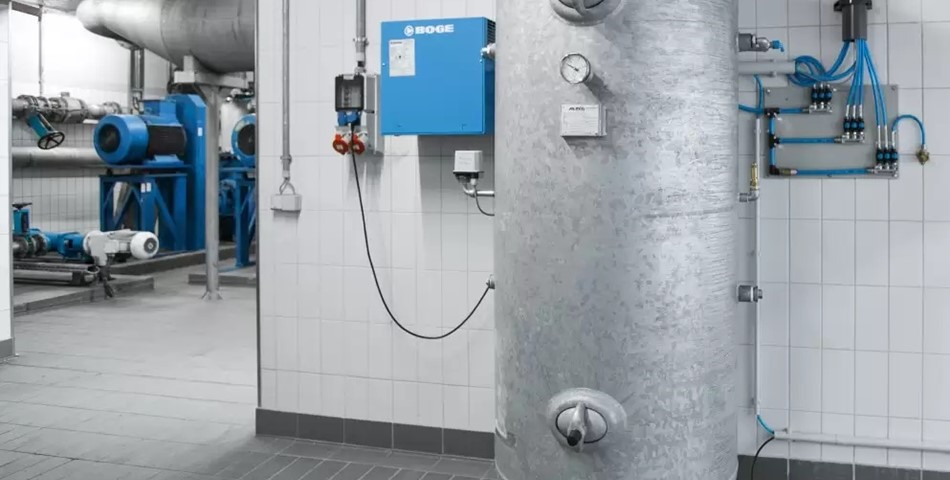Pumping stations are essential for water treatment – unfortunately, you’re probably thinking. Because these systems send massive quantities of water through the different treatment and purification stages, they are often prone to faults and almost always consume a lot of energy. Festo has developed a safe and energy-efficient automation solution for these “problem children” – one that has proven itself around the world, hundreds of times. We’ve identified the main issue: check valves. Which you won’t need if you’re working with Festo.
No water treatment without pumps
In a wastewater treatment plant, the relentlessly running pumps shift huge quantities of water. This calls for massive machines and the energy consumption is correspondingly high. It’s no surprise then that the energy consumption of wastewater treatment plants accounts for up to 20% of municipal electricity costs. A large part of that goes on the pressurization account; the pumping stations are the second-largest cost driver. This is particularly the case where obsolete technology is in use, especially when several pumps are running at the same time, and when for reasons of redundancy, you have to have further pumps on standby.
It is clear that energy-efficient processes are called for and are being increasingly promoted. At Festo, we know that there is a potential for saving energy with most systems. Let’s look at a conventional pumping station first. Or you can skip directly to the Festo solution.
Check valves conceal follow-on costs.
Even today, the pumping stations in many wastewater and water treatment plants are still being secured in the conventional way using mechanical check valves. Fundamentally, check valves are meant to prevent the backflow of the water should the pump come to a standstill. But the solution that uses mechanical check valves has a number of disadvantages. Most of all, it is prone to faults and it is inefficient.
Risks, wear, and damage
The main problem is that, because of the valve disc, a check valve creates a resistance against the performance of the pump, which it must overcome. This requires more energy than is necessary. Even worse, it impacts operational safety, because when the pump comes to a standstill, a gas bubble created by microorganisms is formed that prevents an automatic start-up of the pump. The check valve first has to be actuated manually so that the gas can escape from the bubble and the pump can start up.
Viewed in the long term, there is also the fact that closing check valves can generate a water hammer, which can cause the piping system to start to oscillate. Damage to the piping is certain to follow. And there is a further factor that shortens the service life of the whole system: check valves are prone to leaks. The result of that are leakages and return flows that are difficult to identify. Once the damage has become visible, it is often not just a question of replacing the check valve; in the worst case, even the pump has to be replaced.
Pneumatic solution with knife gate valves
Festo offers a safe and energy-efficient solution for pumping stations that replaces mechanical check valves: automated gate valves with pneumatic linear actuators. The process valves are connected via a centralized or decentralized PLC.
Energy-efficient operation of pumps
An important argument for the pneumatic, automated knife gate valve is that the pump no longer has to work against the flow resistance generated by the flap. The energy savings that result for the operation of the pump are far higher than the energy requirements for the additional controller and the creation of the compressed air.
Long-term stable system
The NAMUR valves, which are mounted directly on the linear actuator and controlled through a centralized or decentralized PLC, ensure that the knife gate valves open and close at the same time as the pump. If unwelcome cavitation occurs, the gas escapes from the bubble immediately after the gate valve is opened, meaning that the functioning of the pump is not impacted. And, as a result of the controlled closing function, water hammer is no longer created on the piping system. Furthermore, there is reduced wear on the automated knife gate valve and improved sealing, which significantly lengthen the service life of the system.
More operational safety
Even in the case of power failures, your system remains reliable and goes to a fail-safe position; if there is a voltage drop, an air reservoir springs into action automatically for the compressor. Pneumatic actuators have three emergency functions: open, close, stop. The situation-appropriate functioning of the process valves is guaranteed at all times.











